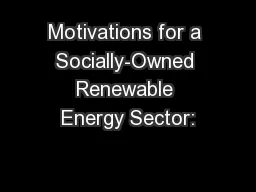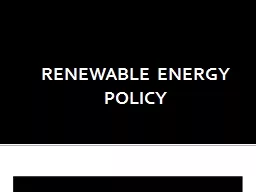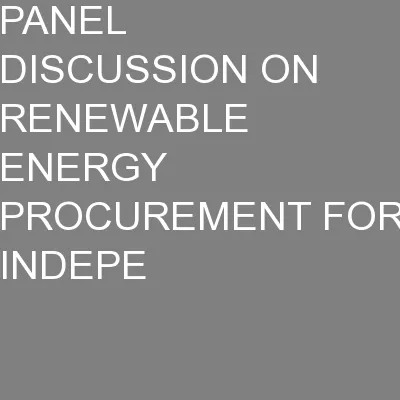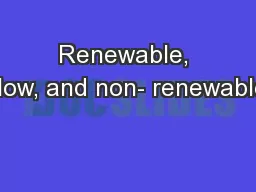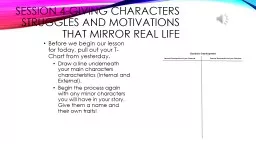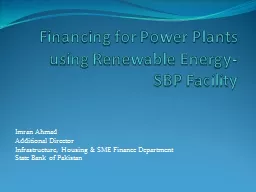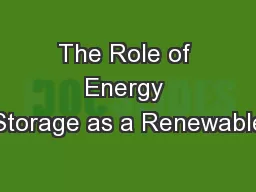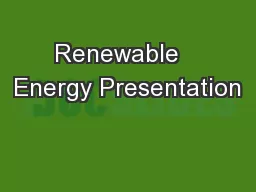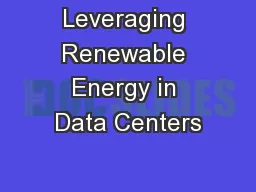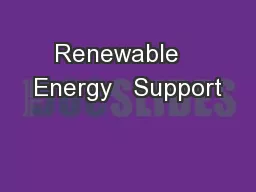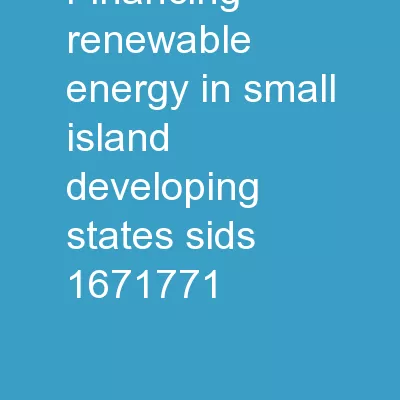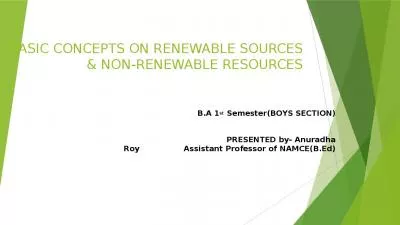PPT-Motivations for a Socially-Owned Renewable Energy Sector:
Author : kittie-lecroy | Published Date : 2017-05-25
A South African Case Study Dinga Sikwebu National Education Coordinator South Africas Renewable Energy Independent Power Producer Programme REIPPP May 2011
Presentation Embed Code
Download Presentation
Download Presentation The PPT/PDF document "Motivations for a Socially-Owned Renewab..." is the property of its rightful owner. Permission is granted to download and print the materials on this website for personal, non-commercial use only, and to display it on your personal computer provided you do not modify the materials and that you retain all copyright notices contained in the materials. By downloading content from our website, you accept the terms of this agreement.
Motivations for a Socially-Owned Renewable Energy Sector:: Transcript
Download Rules Of Document
"Motivations for a Socially-Owned Renewable Energy Sector:"The content belongs to its owner. You may download and print it for personal use, without modification, and keep all copyright notices. By downloading, you agree to these terms.
Related Documents

